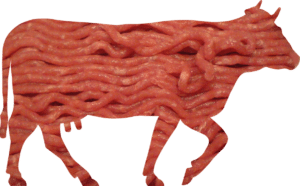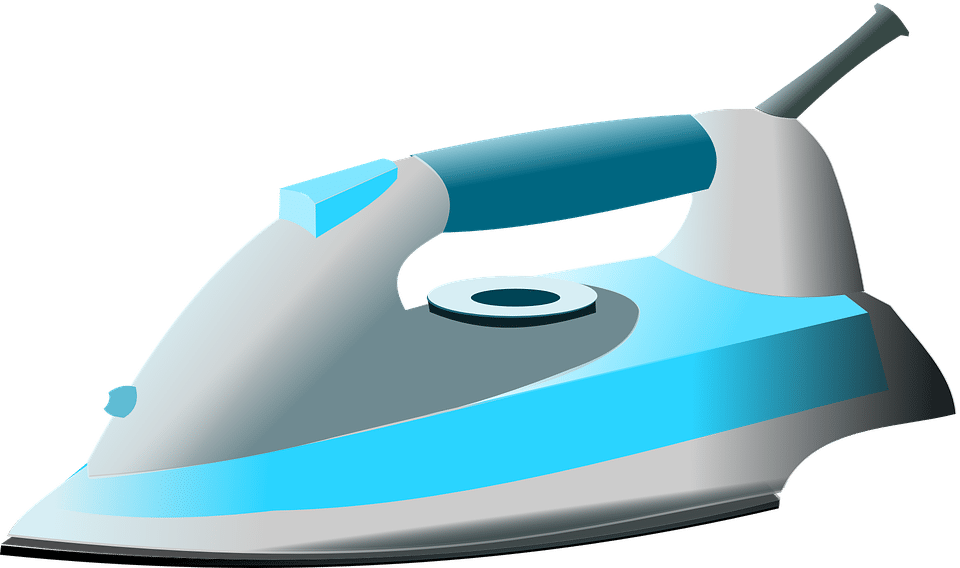Iron is responsible for producing blood cells and building muscle. In addition, it is particularly important for young children during periods of rapid growth. So, be sure your kid is consuming enough iron each day through food or supplementation.
 Iron is commonly found in beef, turkey, pork, liver, seafood, legumes, dark chocolate, spinach, prunes, tofu, and certain enriched flours and cereals.
Iron is commonly found in beef, turkey, pork, liver, seafood, legumes, dark chocolate, spinach, prunes, tofu, and certain enriched flours and cereals.
For more information on vital nutrients, visit our Vitamins and Deficiencies blog.
Iron Deficiency
According to the AAP, approximately 7% of toddlers are deficient in iron.
In addition, the APA notes that children that drink too much milk may develop anemia due to iron deficiency. In fact, large quantities of milk can also cause children to become less interested in healthy, iron-rich foods. If your child drinks more than 32 ounces of milk per day and has one or more symptoms of iron deficiency, contact your pediatric healthcare provider.
Iron deficiencies are more common among teenagers than in younger kids. In fact, once females start menstruating, they require significantly more iron than males do.
Iron Deficiency Symptoms
- Anemia
- Gastrointestinal disturbances
- Irritability
- Listlessness
- Decreased immunity
- Body temperature irregularities
- Impaired cognitive function
- Learning difficulties
- Depression
Anemia
Anemia is a condition that limits the ability of red blood cells to carry oxygen throughout the body. Furthermore, if our red blood cells are not carrying enough oxygen to muscles and organs, this can place stress on our body systems.
This condition is associated with pale pallor, weakness, irritability, and tiring easily. Also, in some extreme cases, a child may develop jaundice, shortness of breath, swollen hands and feet, and/or a rapid heart rate. Anemia is a common condition and is easy to treat in most individuals. However, it is important to catch this issue sooner rather than later before further complications can arise.
Iron Toxicity
Iron toxicity is dangerous to humans as well. Annually, there are over 15,000 cases of iron toxicity reported to poison control centers. Too much iron can cause damage to the entire system and has caused death in some children. Fatal iron overdose is uncommon, and the incidence of child fatalities has steadily decreased over the last few decades. However, there is still a risk for young children.
Symptoms of Iron Toxicity
- Nausea
- Vomiting/Diarrhea
- Abdominal pain
- Bloody stool
- Fever
- Lethargy
- Hypoglycemia
- Jaundice (yellowing of skin/nails/eyes)
If your child is exhibiting these symptoms, or if suspect your child has ingested too much iron, your child needs to be assessed. You may also choose to call your local poison control center.
Toxicity in children is usually due to kids accidentally eating prenatal vitamins or adult supplements. Some of these tablets are sugar-coated and taste yummy to kids. Above all, keep all adult medications and vitamins far out of reach of children. Do not leave pill bottles out or open, and store them way above your kids’ reach. Kids vitamins are much harder to overdose on and are less likely to cause damage than adult vitamins.
In conclusion, it is important to remember that diet supplements are not tested and regulated like prescription drug products. Problems with safety, contamination, and quality are common with these products, even if purchased from a reliable source. Visit the Growing Healthy Together Fullscript page for a look at the vitamin and mineral supplements that we prefer.
Vitamins
Finally, it can be hard to include the right balance of vitamins your kids need through food alone. It’s always important to provide good, balanced meals for your little ones. Families who are vegetarian or vegan may need to rely on supplements for some of the vitamins found in meat and/or dairy. Additionally, if your child has bad eating habits, they may require supplements.
For those interested in the minimum RDA (Recommended Dietary Allowances), refer to the National Institutes of Health Nutrient Recommendations. Also, if you are unsure about your blood levels, a lab test can identify if you or your child are deficient. As always, keep all supplements out of reach of children.
For a more in-depth look at deficiency and toxicity, check back in on our Vitamins and Deficiencies blog series, including the following:
- Vitamin A
- B Vitamins
- Vitamin C
- Calcium and Vitamin D
- Vitamin E
- Iodine
- Iron
- Vitamin K
- Magnesium
- Omega-3 Fatty Acids
- Zinc
Finally, for questions or concerns, please respond to this blog or contact us.




